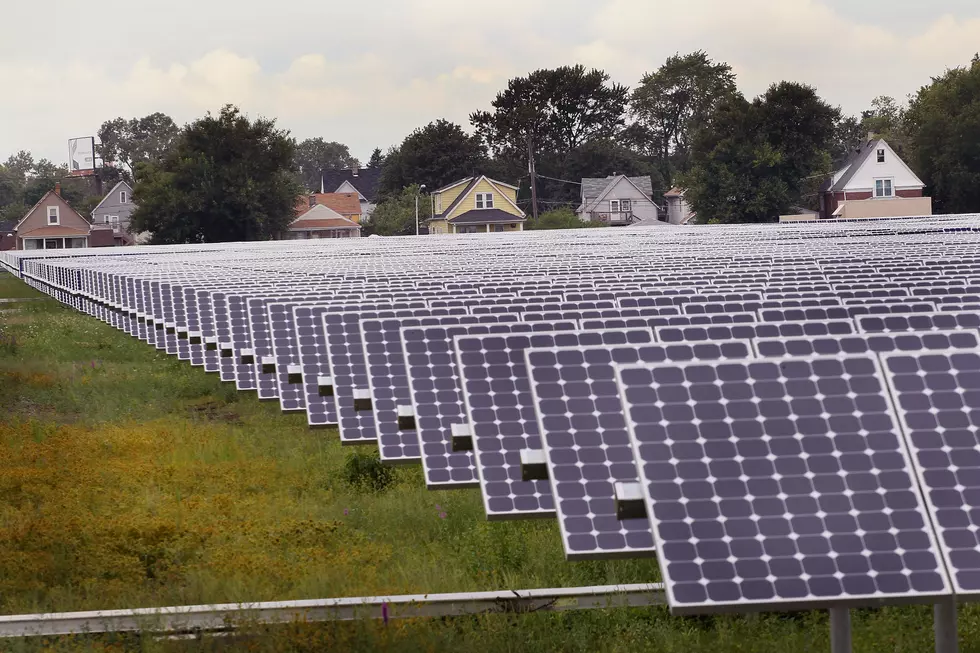
Murphy budget plan doubles spending on beach replenishment
TRENTON — Despite opposition from environmentalists who don’t like beach replenishment projects, a plan to double the state’s yearly payment into the Shore Protection Fund to $50 million has again taken a first step through the Senate.

The first $25 million of the state’s share of the tax imposed on home sales is credited annually to the Shore Protection Fund, which was created in 1992 after the damaging Halloween nor’easter in 1991. That amount hasn’t been changed since 1999.
Money from the fund can be used for building and maintaining bulkheads, jetties and seawalls, in addition to the local share of U.S. Army Corps of Engineers beach replenishment projects.
“No matter your view of sand replacement or other sustainable methods of hopefully stabilizing our beaches, you got to have money to do it,” said Sen. Bob Smith, D-Middlesex.
Gov. Phil Murphy's proposed budget includes $50 million for Shore Protection Fund projects, including $5 million in 'off-budget' dedicated revenues and $45 million from the state's general fund, payable from the realty transfer fee.
Budget documents say the increase is to match federal funds for "sand-placement projects (that) are critical for the state's tourism sector and protect life, property and infrastructure from storm damage and sea-level rise."
Margot Walsh, executive director of the Jersey Shore Partnership, said the 25% local cost share for Army Corps projects is being threatened. She said no municipal projects have been funded since 2018.
“New Jersey’s coastline, as we all know, is its first line of defense from devastating storms that destroy infrastructure, property, livelihood and the economy,” Walsh said. “Further, our shoreline is an indispensable economic engine for New Jersey.”
“The state must recognize its vulnerability to the challenges of climate change and needs to invest in mitigating the impacts,” she said.
Jeff Tittel, director of the New Jersey Sierra Club, said it’s foolish to keep pumping sand onto the beach, only to watch it washed back out to sea. He said the beaches lost $2 billion of sand in Superstorm Sandy and tens of millions more this winter in what has become a perpetual Army Corps work project.
“We’re sort of like an ostrich with its head stuck in the sand, except a big wave is coming, and that’s called sea-level rise,” Tittel said. “I think we need to be looking at more sustainable ways of dealing with our coast and dealing with resiliency to help protect our beaches and our properties. Pumping sand is not going to do it.”
“There may be some places that we’re going to not have beaches anymore,” he said. “It’s happening in Rhode Island because of sea-level rise, where the beaches have gone and they’re not replacing them. There may be some places like that as well we may have to allow here. We just can’t keep having wide, flat beaches.”
John Weber, the Mid-Atlantic regional manager for the Surfrider Foundation, said the projects create unsafe beaches that are too steep just off shore, hurt fishing conditions and don’t protect against bayside flooding, which he said is the most harmful.
“The process is unsustainable. Not only is there a limited amount of good, clean, usable sand near shore that can be dredged up, there’s also a limited amount of federal dollars to support it,” Weber said. “And those federal dollars may dry up one day.”
Weber said there are better ways to spend $25 million than on beach replenishment. Business groups say otherwise.
“The Jersey Shore is too important to not do this project,” said Raymond Cantor, vice president of government affairs for the New Jersey Business and Industry Association. “I really can think of no better to spend 25 million additional dollars than to protect this jewel of New Jersey and to maintain our economy and our way of life in this state.”

Walsh said without the increase, there isn’t sufficient money in the Shore Protection Fund for any alternatives.
“Coastal infrastructure is probably the first thing we should be thinking about, so that it doesn’t have storms like Sandy again that wipes out good, solid infrastructure like bridges and roadways,” Walsh said.
“We care about how it’s done and what is done, but we’re not the engineers driving it,” she said. “We’re the ones who are saying we’ve got a lot to do, but we have no money in the bank to pay for any of it, and we need the funding to be able to move forward in the right direction.”
This is the third consecutive legislative session that the bill has gotten endorsed by the Senate environment committee. In the past two, it didn’t get any further.
Ten times drunk driving changed New Jersey Lives Forever
More From 92.7 WOBM










